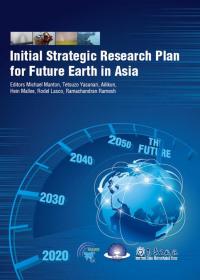
未来地球亚洲战略研究计划(英文版)
¥ 15.7 3.9折 ¥ 40 全新
仅1件
河北保定
认证卖家担保交易快速发货售后保障
作者[澳]曼顿(Manton M) 编
出版社气象出版社
出版时间2015-05
版次1
装帧精装
货号9787502960278
上书时间2024-11-05
- 最新上架
商品详情
- 品相描述:全新
图书标准信息
- 作者 [澳]曼顿(Manton M) 编
- 出版社 气象出版社
- 出版时间 2015-05
- 版次 1
- ISBN 9787502960278
- 定价 40.00元
- 装帧 精装
- 开本 16开
- 纸张 胶版纸
- 页数 116页
- 正文语种 简体中文
- 【内容简介】
- The Future Earth program, initiated by ICSU, ISSC and other international partners, is now established, and researchers around the world are working with stakeholders on the development of the trans-disciplinary research needed to resolve some of the key challenges for global sustainability. To inspire the realization of Future Earth in Asia, the Monsoon Asia Integrated Regional Study(MAIRS), in collaboration with the Research Institute for Humanity and Nature (RIHN) and with inputs of numerous other contributors, facilitated the preparation of this strategic research plan. This strategic research plan aims to be consistent with the global plans for Future Earth by recognizing the unique qualities of Asia and its challenges for sustainability. It has 6 chapters including 1)Introduction,2)Dynamic Asia,3)Asian development, 4) Crosscutting capacities, 5)Transformation to Asian sustainability, 6) Conclusions and key messages. Chinese Academy of Sciences(CAS)and Chinese Association of Science and Technology(CAST)financially supported the related workshops/ meetings and publication.
- 【目录】
-
Preface
Foreword
Acknowledgements
Executive Summary
Chapter 1 Introduction
1.1 Asia as a key region for Future Earth
1.2 Complexity of environmental issues in Asia
1.3 Complex and diverse human social systems in Asia
1. 4 Need for networking in Asia
1. 5 Scope of plan
References
Chapter2 DynamicAsia
2. 1 Human system
2. 1. 1 Population
2. 1. 2 Urbanization
2. 1. 3 Urban land use
2. 1. 4 Urban environmental impacts
2. 1. 5 Economic growth
2. 1. 6 International migration
2. 1. 7 Inequality and poverty
2.1.8 Human and social development
2. 2 Geophysical System
2.2.1 Variability and trends of Asia-Pacific climate
……
hapter 3 Asian Development
Chapter 4 Cross-cutting Capabilities
Chapter 5 Transformation to Asian Sustainability
Chapter 6 Conclusions and Key Messages
点击展开
点击收起
相关推荐
— 没有更多了 —


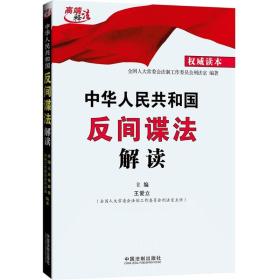
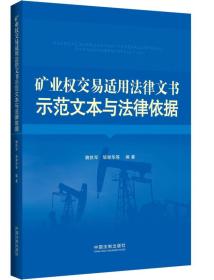
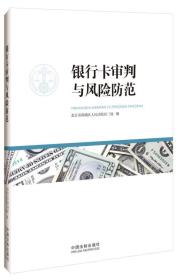
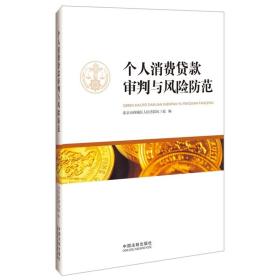
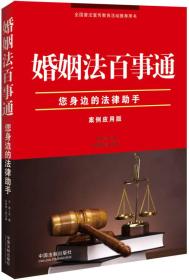



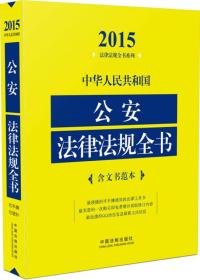



以下为对购买帮助不大的评价